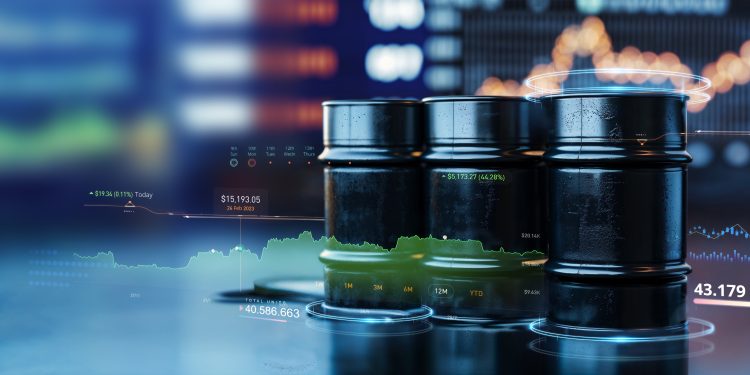Saudi Arabia’s economy continues to be driven by oil, but efforts under Vision 2030 are accelerating diversification into sectors like financial services, tourism, manufacturing, and petrochemicals. While oil remains the major GDP contributor, non-oil industries are gaining momentum.
The nation’s GDP contracted in 2020 due to the pandemic and again in 2023 following a significant reduction in oil production. However, nominal GDP rebounded in 2024 and is expected to keep growing, supported by strong fiscal management and diversification strategies.
Non-oil GDP has shown steady growth over recent years, reflecting ongoing reforms, while oil GDP fluctuates with production changes and global prices. Rising government spending pushed up the breakeven oil price between 2020 and 2024, but this is projected to decline.
Inflation has remained stable since 2022 and is forecast to stay near 2% for the next few years. After a peak in net borrowing in 2020, Saudi Arabia recorded a surplus in 2022, but moderate deficits are expected from 2024 onward as infrastructure investments rise. Government debt is projected to reach just over a third of GDP by 2027.
Trade patterns have shifted, with exports and imports rebounding after the pandemic, except for a dip in 2023 due to lower oil output and petrochemical weakness. Top exports include oil, plastics, and chemicals, while main imports are machinery, vehicles, and electronics.
Foreign direct investment is a key focus for economic diversification, though inflows have been inconsistent—rising strongly in 2021 and 2022 before falling in 2023. Saudi Arabia maintains high credit ratings from major agencies, signaling economic stability.
Governance indicators show improvement, with the country ranking among the best in the Gulf region for corruption perception. Population growth and life expectancy dipped during the pandemic but have since recovered, with expats now making up a larger share of residents, particularly from Bangladesh.
Unemployment spiked in 2018 and 2020 but has since declined, helped by initiatives to boost private sector employment and female workforce participation. Education outcomes lag behind international averages, highlighting ongoing challenges and the need for further reform.
Overall, Saudi Arabia’s economic outlook is shaped by its push for diversification, careful fiscal policies, and adaptation to global market shifts.


